For my last ‘spooky’ review for October 2023, I will be reviewing a figure of the executioner wasp (Polistes carnifex), which was produced by Curatorial LLC for Brave Wilderness, a YouTube about animals and nature. I was first alerted to this figure by an STS forum member, and to be honest, before I was made aware of this figure, I had never heard of Brave Wilderness (then again, I don’t use YouTube for watching programs).
Maned Wolf (Wildlife by CollectA)
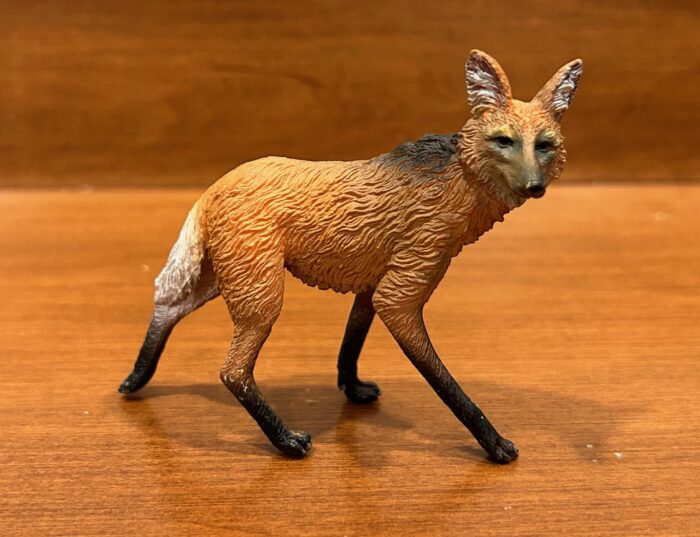
Review and images by Suspsy; edited by bmathison1972
The maned wolf (Chrysocyon brachyurus) is the largest wild dog on the South American continent and with its very fox-like head and coloration, and long, spindly limbs, easily one of the weirdest-looking members of the entire dog family.
Released in 2013, the CollectA maned wolf is sculpted in a walking stance with its head turned to look to the right, its right front paw extended forward, and its left hind paw raised very slightly off the ground.
Red-bellied Piranha (Wild Animals by Papo)
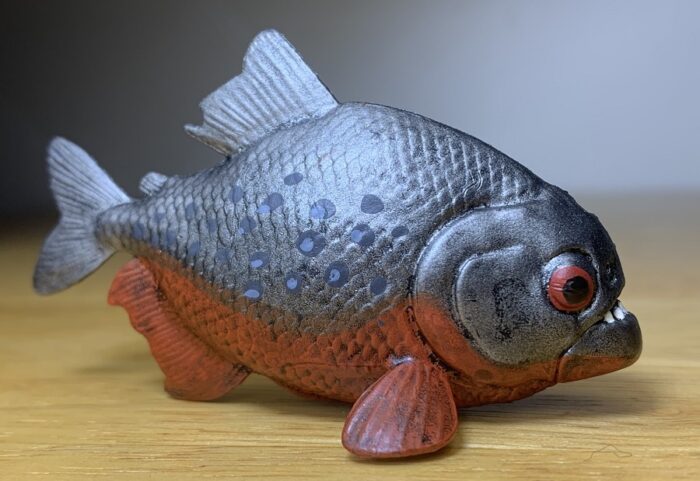
“They are the most ferocious fish in the world. Even the most formidable fish, the sharks or the barracudas, usually attack things smaller than themselves. But the piranhas habitually attack things much larger than themselves. They will snap a finger off a hand incautiously trailed in the water; they mutilate swimmers—in every river town in Paraguay there are men who have been thus mutilated; they will rend and devour alive any wounded man or beast; for blood in the water excites them to madness.
Life Cycle of a Monarch Butterfly (Safariology by Safari Ltd.)
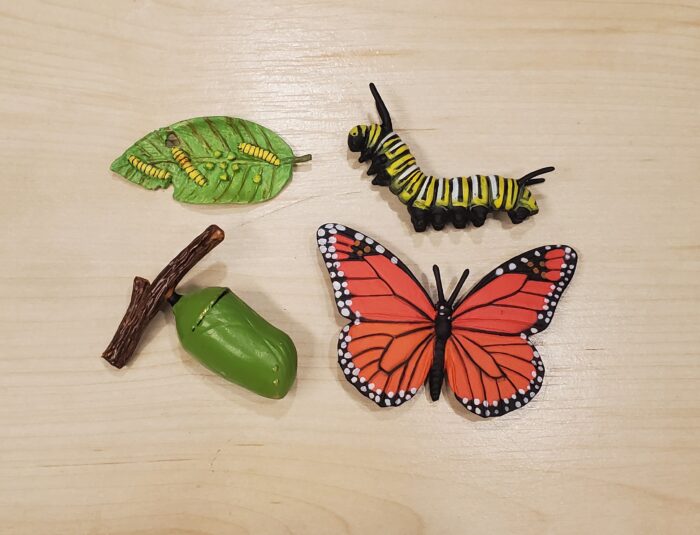
The monarch, Danaus plexippus, is probably the most commonly made species of butterfly. It’s been made by several major company, including CollectA, Safari Ltd (at least five times), Papo, and K&M International (at least twice), and is a common edition to insect and butterfly tubes, blister packs, and box sets ( couple examples on the Blog, here and here).
Giant River Otter (Wild Water Series by Yowie Group)

Review and images by Sam; edited by bmathison1972
The giant river otter (Pteronura brasiliensis) is the world’s largest otter species as well as the longest member of the Mustellidae family. It originates from South America, and is listed as Endangered on the IUCN Red List, with only 5,000 giant otters remaining in the wild.
Bumble Bee (Garden Animals by Papo)
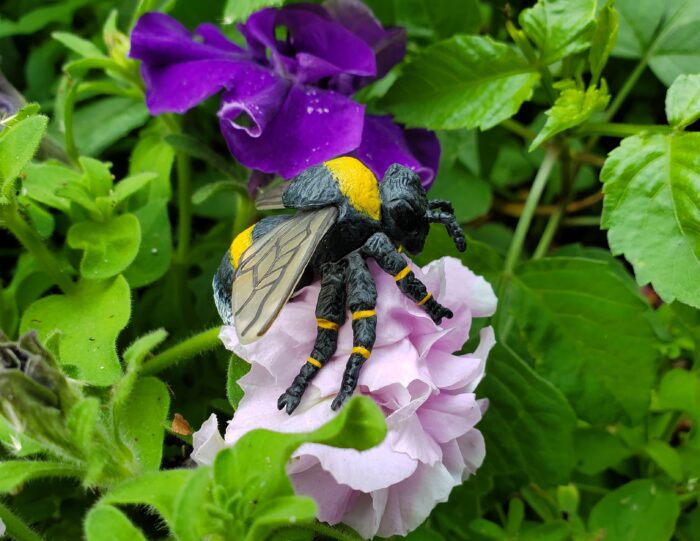
The genus Bombus, which includes the bumble bees, consists of over 250 species worldwide. They occur in most terrestrial habitats throughout the Americas and the Palearctic, but are absent in much of Africa, the southern Middle East, much of the Indian subcontinent, Australia, and New Zealand (although they have been introduced to the New Zealand and Tasmania).
Green Anaconda (Wildlife by Mojö Fun)
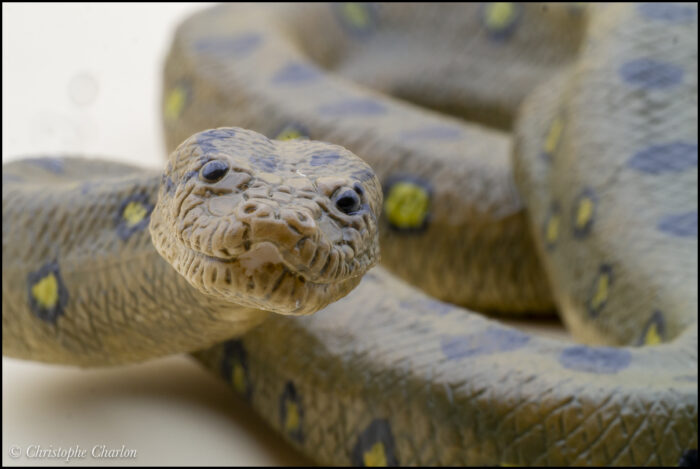
Review and images by Kikimalou; edited by bmathison1972
After Schleich and Safari Ltd. in 2022, Mojö Fun is also offering its version of the famous green anaconda, Eunectes murinus, new for 2023. Until now, my collection has lacked a serious representative of the species. Initially tempted by the Safari Ltd., I finally fell for the Mojö version.
Penguins of the World (Colorata)

Recently, when forum member Suspsy reviewed the Papo emperor penguin, I made a comment that I also had this figure, and it was one of only a couple figures I didn’t initially retain from Colorata’s Penguins of the World box set. After I published that comment it got me thinking, and I revisited the three figures from that set I didn’t retain (the other two were the chinstrap penguin and rockhopper penguin, both of which I went with Safari Ltd.’s versions).
Harpy Eagle (Wings of the World by Safari Ltd.)

Review and images by Suspsy; edited by bmathison1972
The harpy eagle (Harpia harpyja) of South America is perhaps the most awesome and powerful avian predator on Earth. A big female can reach up to 1 metre/3 feet in length, 2 metres/6.5 feet in wingspan, and 9 kg/20 lbs in weight, and boasts hind talons that are around the same size as a grizzly bear’s claws and much sharper.
Green Iguana (Wild Life America by Schleich)
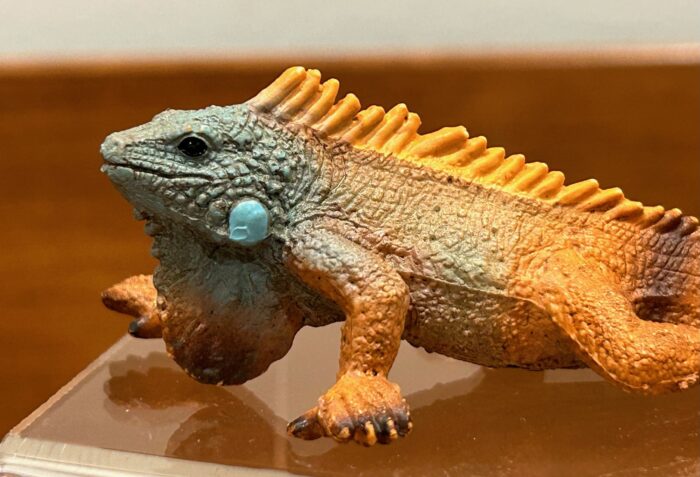
Review and images by Suspsy; edited by bmathison1972
The common or green iguana (Iguana iguana) is a reptile of many titles. It’s the largest member of the iguana family, measuring up to 1.7 metres from head to tail, with most of that length being tail. It has probably the widest distribution of any lizard, ranging throughout most of South America and all the way up into southern Mexico, plus it’s been introduced to places like Florida, Hawaii, Singapore, Thailand, and Taiwan.
Andean Condor (Wild Animals by Papo)
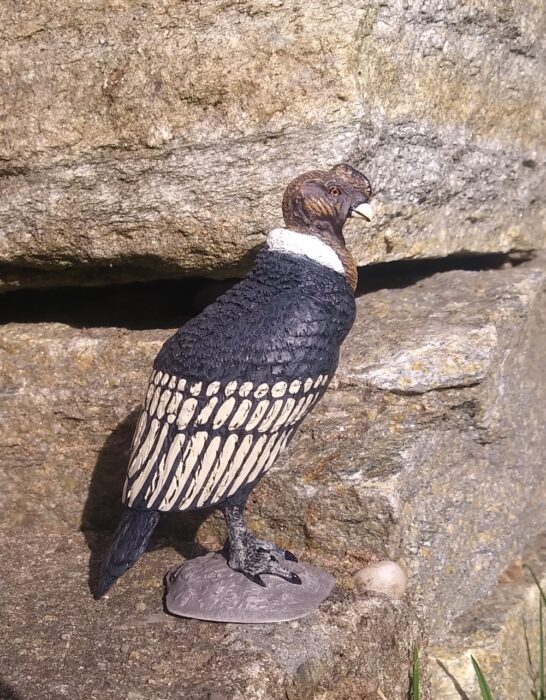
Review and images by Lanthanotus; edited by bmathison1972
When I was a child of eight or nine my dad gave us cassettes with audio plays once in a while which he brought from the big city where he worked. One of these plays was The Children of Captain Grant (or In Search of the Castaways) by Jules Verne.
Blue Poison Dart Frog (Wild Life America by Schleich)

Before we begin the review, I would like to extend my gratitude towards Happy Hen Toys for sending this figure along as a review sample. Happy Hen Toys is a U.S. distributor of figures by Safari, Papo, CollectA, Schleich, and other companies significant to our hobby. In the case of CollectA they’re often the only place that sells their products at a reasonable price within the United States.




